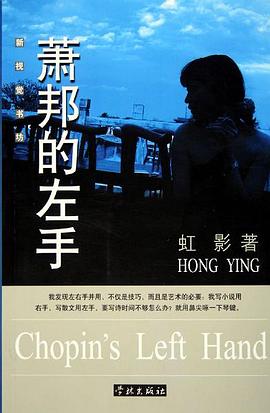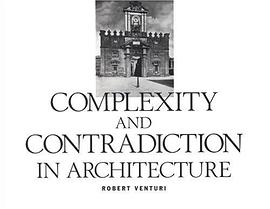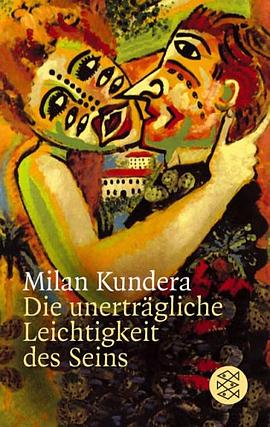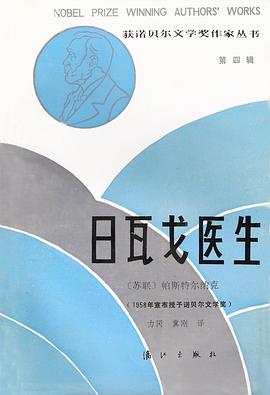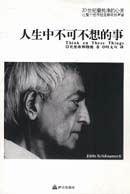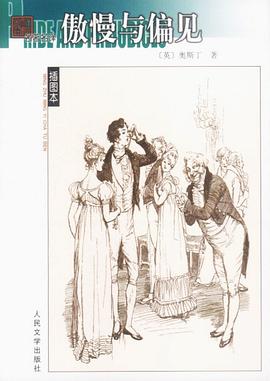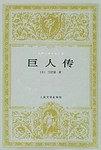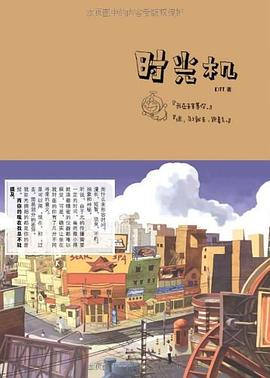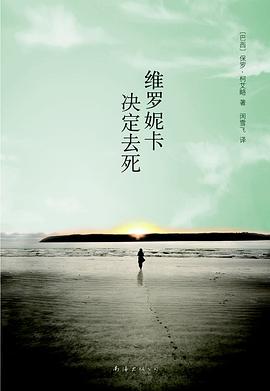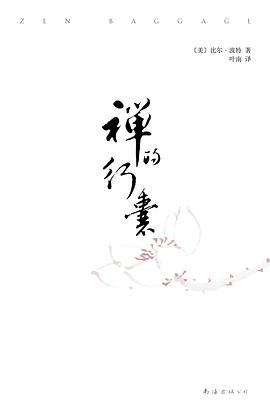
China pdf epub mobi txt 电子书 下载 2025
- 环境史
- 历史
- 環境史
- 中国
- 海外中国研究
- Marks_Robert
- 汉学
- 文化研究、哲學理論
- 中国
- 文化
- 历史
- 地理
- 人文
- 社会
- 传统
- 现代
- 旅行
- 探索

具体描述
This deeply informed and beautifully written book provides a comprehensive and comprehensible history of China from prehistory to the present. Focusing on the interaction of humans and their environment, Robert B. Marks traces changes in the physical and cultural world that is home to a quarter of humankind. Through both word and image, this work illuminates the chaos and paradox inherent in China’s environmental narrative, demonstrating how historically sustainable practices can, in fact, be profoundly ecologically unsound. The author also reevaluates China’s traditional “heroic” storyline, highlighting the marginalization of nature that followed the spread of Chinese civilization while examining the development of a distinctly Chinese way of relating to and altering the environment. Unmatched in his ability to synthesize a complex subject clearly and cogently, Marks has written an accessible yet nuanced history for any reader interested in China, past or present. Indeed he argues successfully that all of humanity has a stake in China’s environmental future.
作者简介
Robert B. Marks is Richard and Billie Deihl Professor of History at Whittier College.
目录信息
Plan of the Book
2 China’s Natural Environment and Early Human Settlement to 1000 BCE
Natural Environment
Landforms
China’s Geographic Regions
Forests and Ecosystems
China’s Climate
Human Settlement and Pre-History
The Origins of Agriculture in China
Rice Environments in Central and South China
Malaria
The Yangzi River Valley
The Environment for Millet in North China
Nitrogen and Fertilizer
Summary
Pre-historic Environmental Change
The Formation of a Chinese Interaction Sphere, 4000-2000 BCE
Bronze-Age China: Technology and Environmental Change, 2000-1000 BCE
The Bronze-Age Shang State, 1500-1050 BCE
Anyang
Shang Social Organization
Food
Shang “Civilization” and “Barbarian” Others
Environmental Change 1500-1000 BCE
Energy Regime
Climate Change and the Fall of the Shang
3 States, Wars, and Farms: Environmental Change in Ancient and Early Imperial China, 1000 BCE-300 CE
States, War, and Environmental Change in Ancient China, ca. 1000-250 BCE
Nomadic Pastoralists of the Steppe
Other Non-Chinese Peoples.
The Zhou Conquest: Colonies and Forests, 1050-750 BCE
Wars, Warring States and the Creation of the First Empire, 750-200 BCE
Iron and Steel in Ancient China.
War and the Use of Natural Resources
Summary
Environmental Change in the Early Empire, 221 BCE-220 CE
Han Colonialism, the End of the Xiongnu Steppe Nomads, and the Beginnings of Desertification
Han Roads and the Opening of New Lands
Empire, Agriculture, and Deforestation
Water Control
The (Yellow) River
Cities and Eating
Imperial Hunting Parks
Summary
Ancient Ideas about Nature and the Environment
Confucius
Daoism
Legalism
Mencius
Resource Constraints and the Idea of “Nature.”
The Control of Nature
Epidemic Disease
The End of the Early Empire
Conclusion
4 Deforesting the North and Colonizing the South in the Middle Imperial Period, 300-1300 CE
North China: War, Depopulation, and the Environment, 300-600 CE
Environmental Change in the Yangzi River Valley
Wet-rice Cultivation
North and South Reunited in the Middle Empire: The Sui, Tang, and Song Dynasties, 589-1279 CE
War and Water in Reuniting China
The Grand Canal
Han Colonization of the South and Southeast
“South of the Mountians:” Lingnan
The Southeast Coast
Disease Regimes
Malaria
Epidemic Disease
New Technologies and Environmental Change
Landed Estates
Buddhist Monasteries
Tang-era Attitudes (and Actions) Toward Nature
China’s Medieval Industrial Revolution
Colonizing Sichuan and Categorizing Others
Organizational Context
Chinese Views of “Barbarians” and Others
The “Cooked” and the “Raw”
Animals
Landscapes and Water Control
North China
Yellow River Water “Control”
Environmental Decline on the North China Plain, 1048-1128
South China: The Making of the Pearl River Delta
Flood Control
Fields Captured from the Sea
The Built Environment: Cities and Waste
An Urban Exemplar: Tang Chang’an
Waste, Sustainability and Nutrient Cycles
Conclusion
5 Empire and Environment: China’s Borderlands, Islands, and Inner Peripheries in Late Imperial China, 1300-1800 CE
A New Historical and Institutional Context
Population Size and Distribution
Markets
Climatic Changes
Frontiers and Borderlands
The Southwest
The Ordos Desert and the Great Wall
The Seventeenth-Century Crisis
The Great Hunt in the Northeast
China Marches West
Islands and Their Ecological Transformations
Hainan Island
The Island of Taiwan
Changes in Land Cover, Land Use, and Land Ownership
Exploitation of Inner Peripheries
Highland Specialists: the Hakka and the “Shack People.”
The Central Yangzi Region—Hunan and Hubei Provinces
The Lower Yangzi Highlands
The Ecological Limits of Empire
The Han Chinese and “Zomia”
Debates over Natural Resource Use (and Abuse)
Conclusion: Population, Markets, the State, and the Environment
6 Environmental Degradation in Modern China, 1800-1949
Chinese Consumption and Its Ecological Shadows
The Pacific Islands and Sandalwood
Siberia and furs
The American West Coast: Sea Otter and Beaver Pelts
India and Opium
Opium and the Global Bubonic Plague Epidemic
Opium and War
Environmental Degradation and Ecological Crisis
Northwest China
The Huai River Valley
The Yellow River and Grand Canal Region
The North China Plain
Yangzi River Valley
Patterns of Flooding in Chinese History
South China
West China
Tibetan/Qinghai High Mountain Plateau
Agricultural Sustainability
The Mulberry Tree and Fish Pond combination
Resource Constraints, Environmental Management, and Social Conflict
Forests as Food Reservoirs
Into the Twentieth Century
ENSO Droughts and Chinese Famines
North China Famines and Migration to Manchuria and Inner Mongolia
Fujian Forests and Forestry
Fisheries
War’s Environmental Catastrophes
China’s Forests ca. 1949
Conclusion
7 Controlling Nature in the People’s Republic of China, 1949-Present
Socialist Industrialization and Subduing Nature
Socialist Industrialization and Its Material Constraints
Depleted Soils
Foreign Opposition to Chinese Socialism
A Big and Growing Population (Is Good)
Shortages of Chemical Fertilizer
Chinese Communist Ideas about Nature
The Idea to Control Nature
Soviet Lysenkoism
Post-Mao Reform Era, 1978-present
Breaks with Maoism
Chemical Fertilizer Plants
Population Control
Changes to Forests and Land Use
China’s Official Forest-Cover Statistics
Forest Ownership Regimes
Collective Ownership
The Responsibility System of “Private” Ownership
State-Owned Forests
Deforestation during the PRC: “The Three Great Cuttings” Plus One
Great Cutting No. 1--The Great Leap Forward, 1958-60
Great Cutting No. 2--The Cultural Revolution, 1965-75
Great Cutting No. 3—Deng’s Reform Era, 1978-present
Market-driven Deforestation, 1992-98: The Last Great Cutting?
Grasslands and Desertification
Summary
State Nature Preserves and the Protection of Biodiversity
Nature Reserves
Recent Afforestation Projects
Wildlife, Consumption, and Epidemic Disease
“Controlling” Water
“Harness the Huai!”
Dam the Yellow River
Environmental Consequences of Dam Building
The Huai River Runs Black
Deep Drilling on the North China Plain
The South-to-North Water Transfer Project
The Three Gorges Dam
Historic Dujiangyan
The Three Parallel Rivers Region of Yunnan
“Develop the [Arid] West:” The Struggle to Dominate Nature Continues
The Conquest of Malaria
Polluting the Atmosphere
Powering the Economic Surge—Mostly with Coal
Auto-Nation China
China and Global Climate Change
Tibet, Glaciers, and Desertification
Environmental Protests, Consciousness, Activism and Movements
Lake Tai and Crusading Villager Wu Lihong
For Clean Water, Peasants Protest a Fertilizer Factory in Gansu
A Large-scale “Environmental Mass Incident”
State Responses to Environmental Problems
Green NGOs
Environmentalism and Democracy
Return to the “Angry” River
Can China Go Green?
Toward a “Harmonious Relationship with Nature”?
Conclusion
8 Conclusion: China and Its Environment in World Historical Perspective
Main Themes in China’s Environmental History
Changes in Land Use and Land Cover
Climate Change
Water Control
Deforestation
Colonization
The Simplification of Ecosystems
The Sustainability of Agriculture
The Problem of 1949: 3,000 Years vs. 30
China’s Ecological Resilience
The Driving Forces of China’s Environmental Change
Agriculture and the Chinese State
Markets and Commerce
Technological Change
Cultural Ideas and Practices
Population Size and Dynamics
China’s Environmental History in World Historical Context
· · · · · · (收起)
读后感
古都长安城我们都知道,但在外国人眼中的古都长安是什么样子?放在人与自然关系这一视角下古都长安是什么样子?所以我再抄一次,来自《中国环境史》,不一定赞同(事实上我将原文最后的两段删掉了,感觉有些太扯了)。还有,就着原来的中译,我还是把文字顺了一下。 一 长安最...
评分拖拖拉拉好几个星期,看完这部中国环境史。我没有读过中国环境史的其他著作,因此难以评价此书的得与失,也无从判断这位外国学者研究中国历史,在哪些地方超越了国人的单一视角、哪些方面则属于“隔靴搔痒”甚至纯粹是“想当然”。 以下第一部分是我对此书基本脉络的归纳,后面...
评分最近读《中国环境史》,相当于从人与环境之关系的视角,将中国历史重新体验了一遍。果然,换一个框架,感受就会有所不同。还有,此书作者是西方学者,材料来源也主要是英文文献,写出来的东西确实与此前我本人保留的印象不太一样。以下以大运河为例,全文抄自该书,但因为原来...
评分最近读《中国环境史》,相当于从人与环境之关系的视角,将中国历史重新体验了一遍。果然,换一个框架,感受就会有所不同。还有,此书作者是西方学者,材料来源也主要是英文文献,写出来的东西确实与此前我本人保留的印象不太一样。以下以大运河为例,全文抄自该书,但因为原来...
评分最近读《中国环境史》,相当于从人与环境之关系的视角,将中国历史重新体验了一遍。果然,换一个框架,感受就会有所不同。还有,此书作者是西方学者,材料来源也主要是英文文献,写出来的东西确实与此前我本人保留的印象不太一样。以下以大运河为例,全文抄自该书,但因为原来...
用户评价
中国环境史通史。20世纪前的环境史和殖民息息相关,都是基于资源掠夺而进行的人口扩张和迁移。恩。。。如果非要找出这本通史的一个主线,那就是,聚居地由最初的黄河平原拓展至今,这世界排名第三的领土面积并不是“爱好和平”的汉族同胞们充话费送的。。。
评分浏览
评分关于中国环境的大通史,settled colonization、deforestation、hydraulic society之类的话题上可以看到很长时间跨度的连续分析;环境思想、疾病、技术等等方面也都有概括到。话题覆盖广(虽然许多内容不深入),分析框架清晰,是入门好书。
评分关于中国环境的大通史,settled colonization、deforestation、hydraulic society之类的话题上可以看到很长时间跨度的连续分析;环境思想、疾病、技术等等方面也都有概括到。话题覆盖广(虽然许多内容不深入),分析框架清晰,是入门好书。
评分有一些观点有助于理解当代中国,但是文章涉及的问题未免过细。
相关图书
本站所有内容均为互联网搜索引擎提供的公开搜索信息,本站不存储任何数据与内容,任何内容与数据均与本站无关,如有需要请联系相关搜索引擎包括但不限于百度,google,bing,sogou 等
© 2025 book.quotespace.org All Rights Reserved. 小美书屋 版权所有




